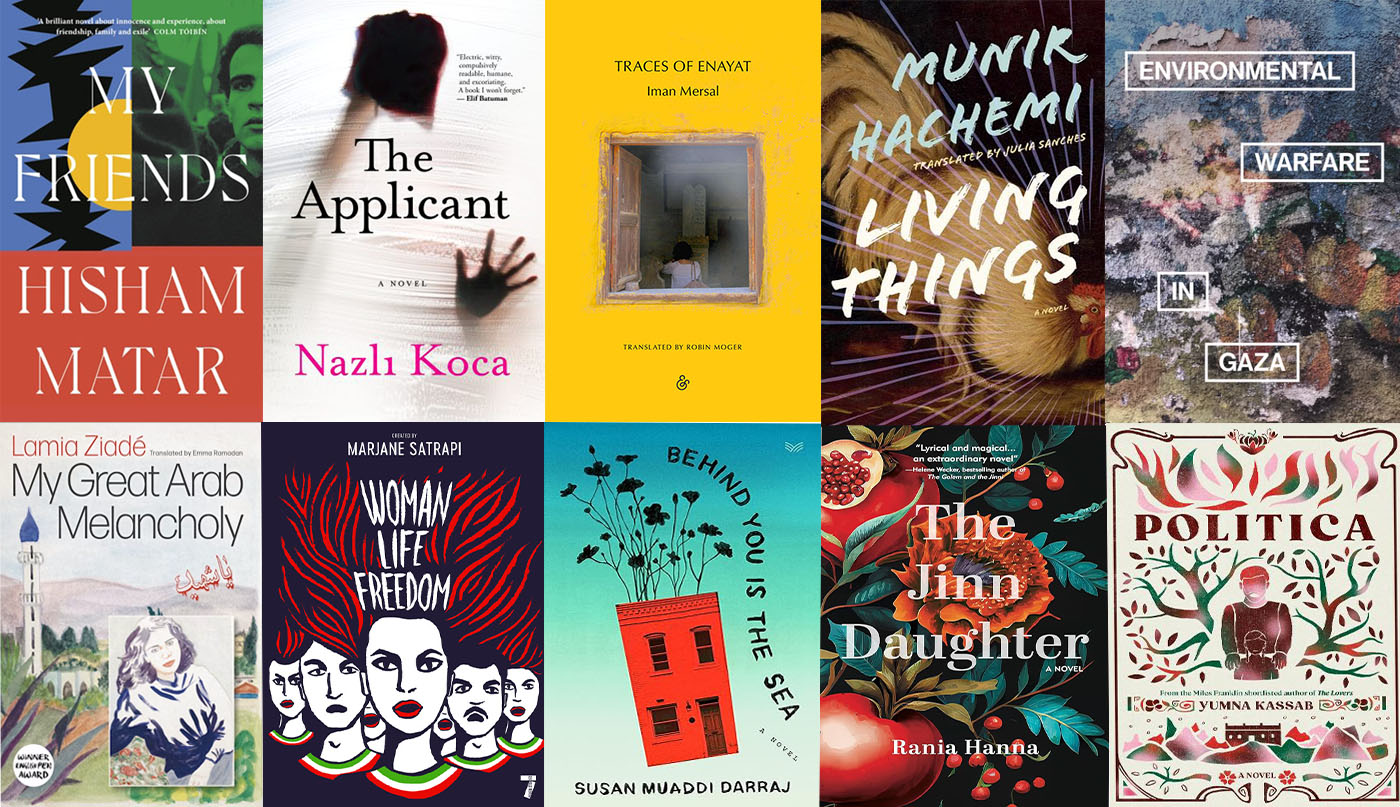A few of the many books TMR editors are looking forward to in 2024, and why.
Jordan Elgrably
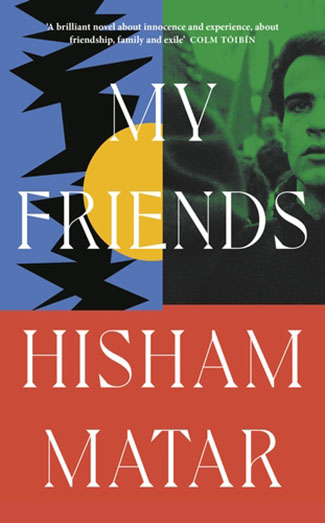
My most anticipated title is My Friends, the new novel by Hisham Matar, which was published this month by Penguin. I relished and wrote about Matar’s last book The Return, the true story of a Libyan exile going home again after the Arab Spring. Here Matar recounts the lives of three Libyan friends in exile, which is a subject Matar knows well. With his family or on his own, he has lived in Tripoli, Cairo, New York and London. The Sunday Times called My Friends “the first Booker contender of 2024,” and I have no doubt that Matar’s considerable narrative powers will once again steal my afternoons or evenings in page-turning fashion.
Next, I look forward to another tale of immigration and exile, this time The Applicant by Nazlı Koca, in her fiction debut, publishing in February, from Grove Atlantic. Koca’s main character is Leyla, a Turkish working-class student in Berlin, an emerging writer who has lost her student visa and is scrubbing toilets while figuring life out. Grove got my attention with this descriptive: “The Applicant is an extraordinary dissection of a liminal life between borders and identities, an original and darkly funny debut.” Dark and funny? Perfect.
We are also looking forward to the debut anthology assembled by our own editors at The Markaz Review — a comprehensive short story collection entitled Stories From the Center of the World: New Middle East Fiction, which will be published on May 7 by City Lights. Emerging and established writers include Hanif Kureishi, Leila Aboulela, Omar El Akkad, Mai Al-Nakib, Salar Abdoh, Malu Halasa, MK Harb and Farah Ahamed, with translations by Rana Asfour and Salar Abdoh, among others.
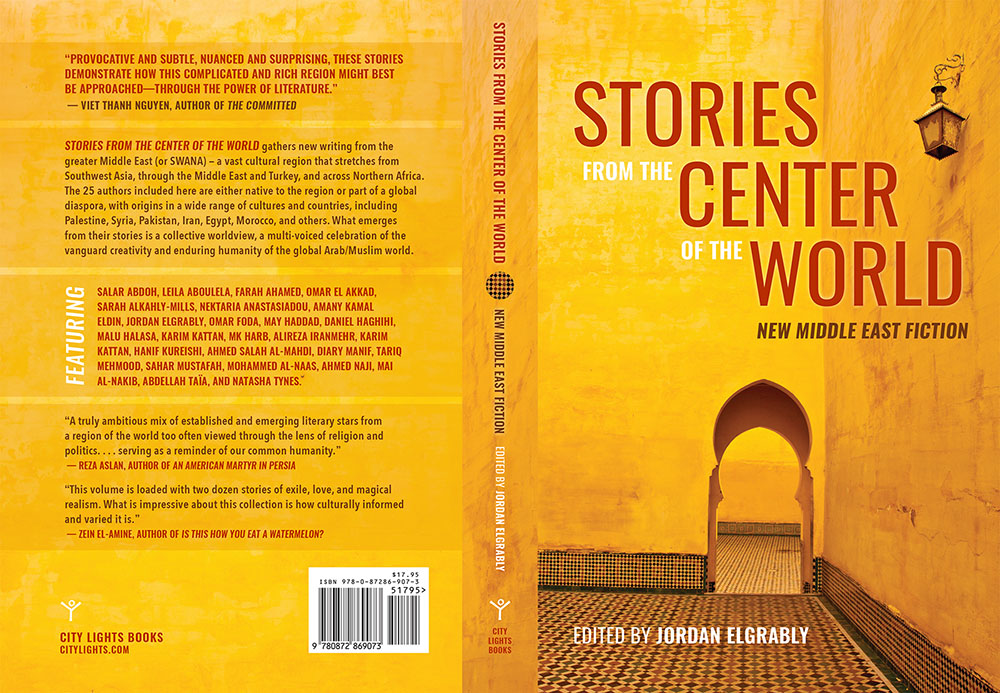
Lina Mounzer
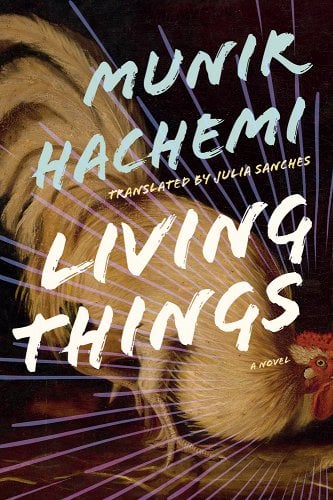
I’m a huge fan of Iman Mersal’s hybrid prose, an intricate combination of meticulous research and lyrical reflection that together illuminate the most delicate minutiae of a subject, as in her gorgeous How to Mend: Motherhood and its Ghosts, the English version of which was translated by Robin Moger. So I’m particularly excited that 2019 Arabic novel, Traces of Enayat, has appeared in English from Transit Books. A biography of a city, a woman, a period of time, and processes of authorship and autonomy, Traces of Enayat sees Mersal embarking on an exploration of the life and work of little-known Egyptian writer Enayat al-Zayyat, who took her own life some years before her one novel was published in 1963. This English translation is also by Moger, who already proved that he’s more than adept at capturing Mersal’s turns of phrase, a style in Arabic paradoxically described as “al-sahel el mumtane'” or, “the daunting plane,” difficult for its simplicity and elegance. I’m so happy that English-language readers now get to experience this gorgeous, haunting book for themselves.
The second book I can’t wait to read in 2024 is also a work in translation, this time from the Spanish. The minute I read the description for Munir Hachemi’s Living Things, translated into English by Julia Sanches and coming out from Coach House books, I was hooked. As if describing it as “a literary eco-thriller” and a cross between “Bolaño’s The Savage Detectives and Samanta Schweblin’s Fever Dream” wasn’t enough to make me a believer, it also hits all my sweet spots by promising to be a funny, cynical take on labor and capitalism interwoven with a metanarrative reflection on the nature of writing. Yes please.
Malu Halasa
On February 24, the radical press Pluto Books in London will be publishing Environmental Warfare in Gaza: Colonial Violence and New Landscapes of Resistance by Shourideh C. Molavi, a researcher for Forensic Architecture, an independent research unit founded by Eyal Weizman at Goldsmiths, University of London. Alongside the book’s chapters on “Neo-Coloniality and the Reconfiguration of Biopolitical Landscapes in Israel/Palestine” and “Israeli Aerial Herbicidal Spraying,” Environmental Warfare considers ecocide and Gaza’s disappearing trees, alongside a case study of the Beit Hanoun Gaza Citrus Export Company.
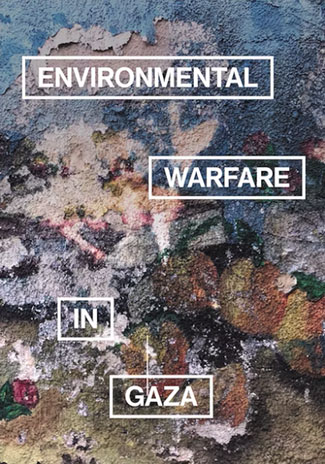
In the Gaza Strip’s 360 sq km, there are 45,000 acres of farmland, which produced citrus, olives, grapes, vegetables, dates and watermelons. Some farms are still operating in the south and these are the farms where the Gaza Sunbirds have been getting food for the aid the paracyclists have been distributing. But as Israel’s war of attrition against Gaza continues, these lands too have been bombed.
In an endorsement for Environmental Warfare, architect Paul Tavares writes: “In a moment of increasing censorship of Palestinian and pro-Palestinian voices, and the biased view of Western media and politicians legitimizing the crimes of the State of Israel, the publication of Molavi’s evidence-based, grounded, extensive research comes timely, providing a much necessary historic context to understand the unfolding events in light of the long history of the State of Israel’s settler-colonialism and Palestinian liberation struggles through the lens of environmental history.” Since the conflict in Israel/ Palestine has always been about land, not religion, it’s important to examine in forensic detail the Israeli use of violence against Palestine’s environment and agriculture.
Another book Pluto Press will be publishing later this month is My Great Arab Melancholy by Lamia Ziadé, translated by Emma Ramadan. With such an evocative title, the book is, according to its publishers, “a chronicle of the modern Arab world, combining travelogue, memoir, history and gorgeous full-color art.”
The author-illustrator/visual artist was born during the Lebanese Civil war. In My Great Arab Melancholy, Ziadé begins her journey in her country’s south — “land of martyrs, ruins and passion,” and then goes onto Beirut, Jerusalem, Cairo and Baghdad. The illustrated memoir/travelogue time travels through the region’s great political upheavals, the result of Western imperialism and the loss of Palestine. The book also celebrates revolutions of the Arab world and its revolutionaries.
My next pick for the upcoming year will be published in March by Seven Stories Press, in New York. Woman Life Freedom is a lavish, full color graphic compendium, edited by the Iranian graphic novelist Marjane Satrapi, and featuring 17 international artists. It is also a history of the women’s protests in Iran — with chapters on “Sparking a Revolution,” “The Birth of a Slogan,” and “The Anthem of the Uprising.” The anthology also provides a greater history of Iran with the informative chapter, “Three Revolutions,” drawn by Hamoun and written by the noted historian and author Abbas Milani.
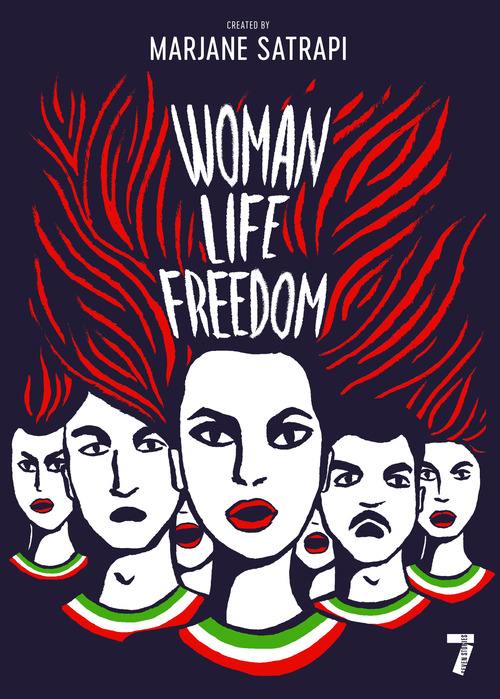
Marjane Satrapi saves her ire for the chapter “Feared and Hated,” about the Revolutionary Guards. After the runaway success of her graphic memoir, Persepolis, the doyenne of Iranian graphic novels had given up her pen and ink for work in film. The ever-inspiring women’s protests brought her back. Don’t be fooled by the color and visual jokes, for this is a serious, important book, one that has the possibility to change perceptions about Iran, the same way Persepolis did.
Woman Life Freedom also features illuminating chapters on surveillance in Iran, by Mana Neyestani – whose IranWire editorial cartoons appeared in my own anthology on the Woman Life Freedom movement — alongside a chapter drawn by his brother, the caricaturist and architect Touka Neyestani on Ayatollah Khamenei, the country’s “Supreme Leader.”
The two brothers come from a family rich in the arts. Their father was the Iranian poet Manouchehr Neyestani (1936-1981). One of my favorite books of all time, which explores the nature of corrupt power, is Cat and Mouse, the translation of Mush o Gorbeh, a Persian poem by the 14th century satirist Ubayd Zakani (1300–1370). In Touka Neyestani’s illustrations for a trilingual edition (English, French and German), published by IranWire in 2021, cats and mice live in a tyrannical Islamic state. His brother Mana is also a remarkable illustrator and thinker on contemporary Iran. His work, including his graphic novel The Crash, Covid 19 and Other Iranian Stories, has been covered by The Markaz Review.
The publishers of Satrapi’s Woman Life Freedom, Seven Stories Press will also be publishing an anthology of Palestinian memoir, essays, literature, and art criticism I’m in the process of co-editing with Jordan Elgrably, for October. Sumūd: A New Palestinian Reader will feature writing that has appeared in The Markaz Review, alongside new essays, stories and art.
It has been such a dark start to this year — at the time of writing 25,000 people have been killed in Gaza, with the numbers climbing. At the time I was writing this piece, Yemen was bombed in the wee hours of the morning. These books for 2024 promise to explain the forces shaping the world in which we live. They will also give all of us an idea of how activism and engagement on a very personal level have the possibility to provide much needed flickers of a distant, coming light.
Rana Asfour
A book I’m really looking forward to reading is Behind You is the Sea, by Palestinian American author Susan Muaddi Darraj (HarperVia). This debut novel-in-stories, which was released January 2024, gives voice to the diverse residents of a Palestinian American community in Baltimore — from young activists in conflict with their traditional parents to the poor who clean for the rich — lives which intersect across divides of class, generation, and religion.
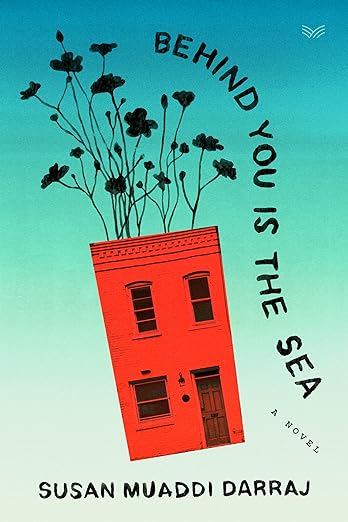
Susan Muaddi Darraj, who has authored several award-winning collections of short stories, also launched the #TweetYourThobe social media campaign to promote Palestinian culture and the congressional campaign of Rashida Tlaib.
Last summer I was gripped by Shannon Chakraborty’s Daevabad Trilogy that delves into the adventures of an orphaned hustler/healer living in the streets of Cairo who accidentally summons a handsome, brooding djinn. So, when the debut novel, The Jinn Daughter by Syrian American writer Rania Hanna (AUC Press, April 2024) came to my attention, I knew I had to have it on my TMR list for 2024. Born and raised in the Allentown area, Rania Hanna is a neuroscience doctoral student at George Mason University. Her debut novel combines mythology, magic, and ancient legend to tell a tale of a jinn mother struggling to save her only daughter from Death herself, ruler of the underworld who has chosen the jinn’s daughter as her replacement.
With the war raging on in Gaza, my third fiction selection, Politica by Yumna Kassab (Ultimo Press) is very timely. Despite the fact that it is set in an unnamed region, some early readers have alluded to vast similarities with the situation in the Middle East region as the novel grapples with moral dilemmas and harsh choices in a time of war as it examines dispossession, conflict, class, society, family and home.
As the conflict plays out in the novel, the protagonists have to deal with the fallout. Families are torn apart and brought together. A divide grows between those on either side of the war; compromises are struck as the toll of violence impacts near and far. We learn about those who are left behind and those who choose to leave in a great scattering. As the stories of those affected play out, they weave together to show the whole of a society in the most extreme of circumstances. Even after the last shot is fired, their world will never recover from the inhumane genocidal atrocities.
Yumna Kassab, a writer from Western Sydney, studied medical science and neuroscience at university. Her fiction has been listed for prizes including the Victorian Premier’s Literary Awards, Queensland Literary Awards, NSW Premier’s Literary Awards, and The Stella Prize. Politica is her fourth novel.



